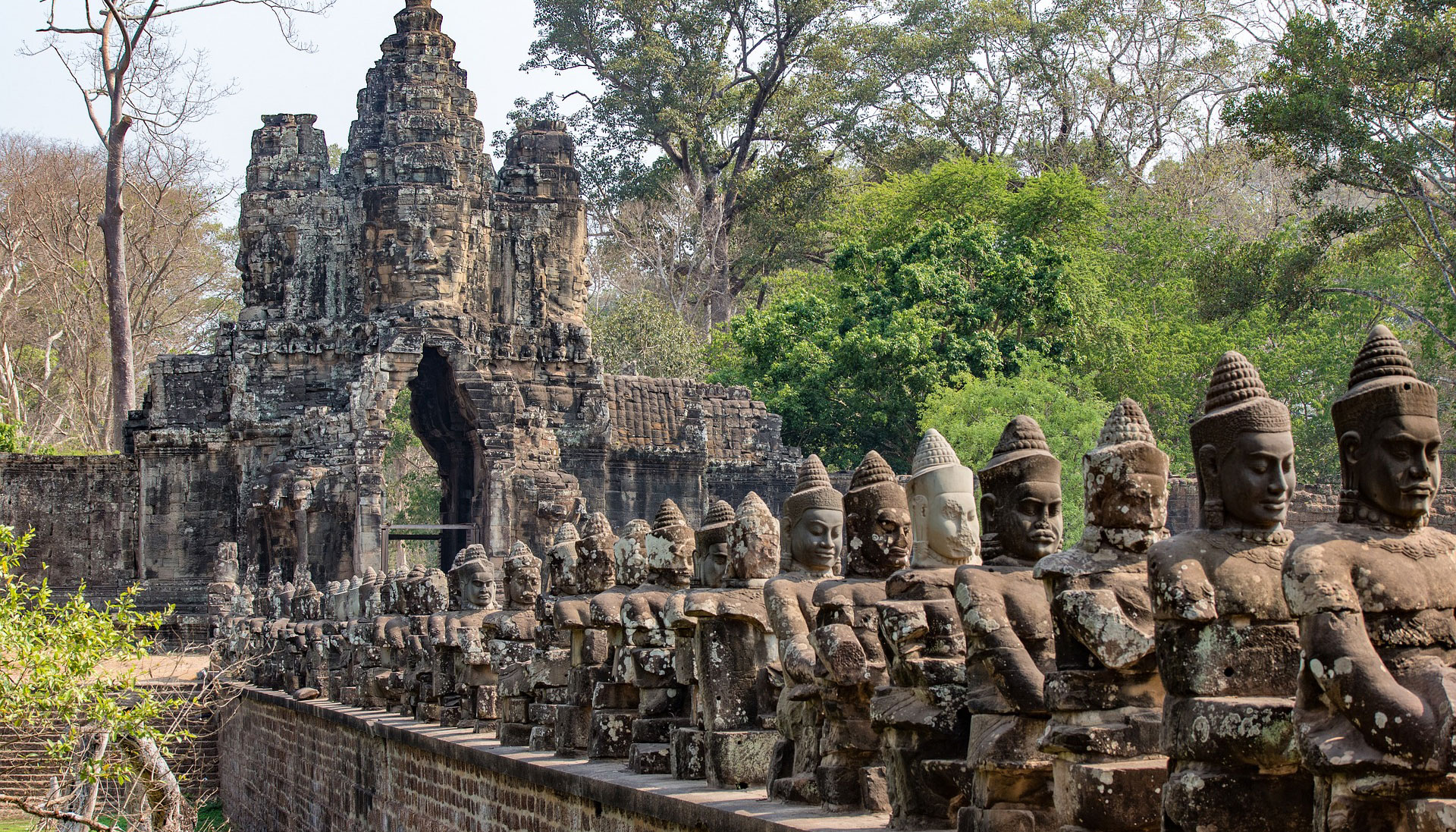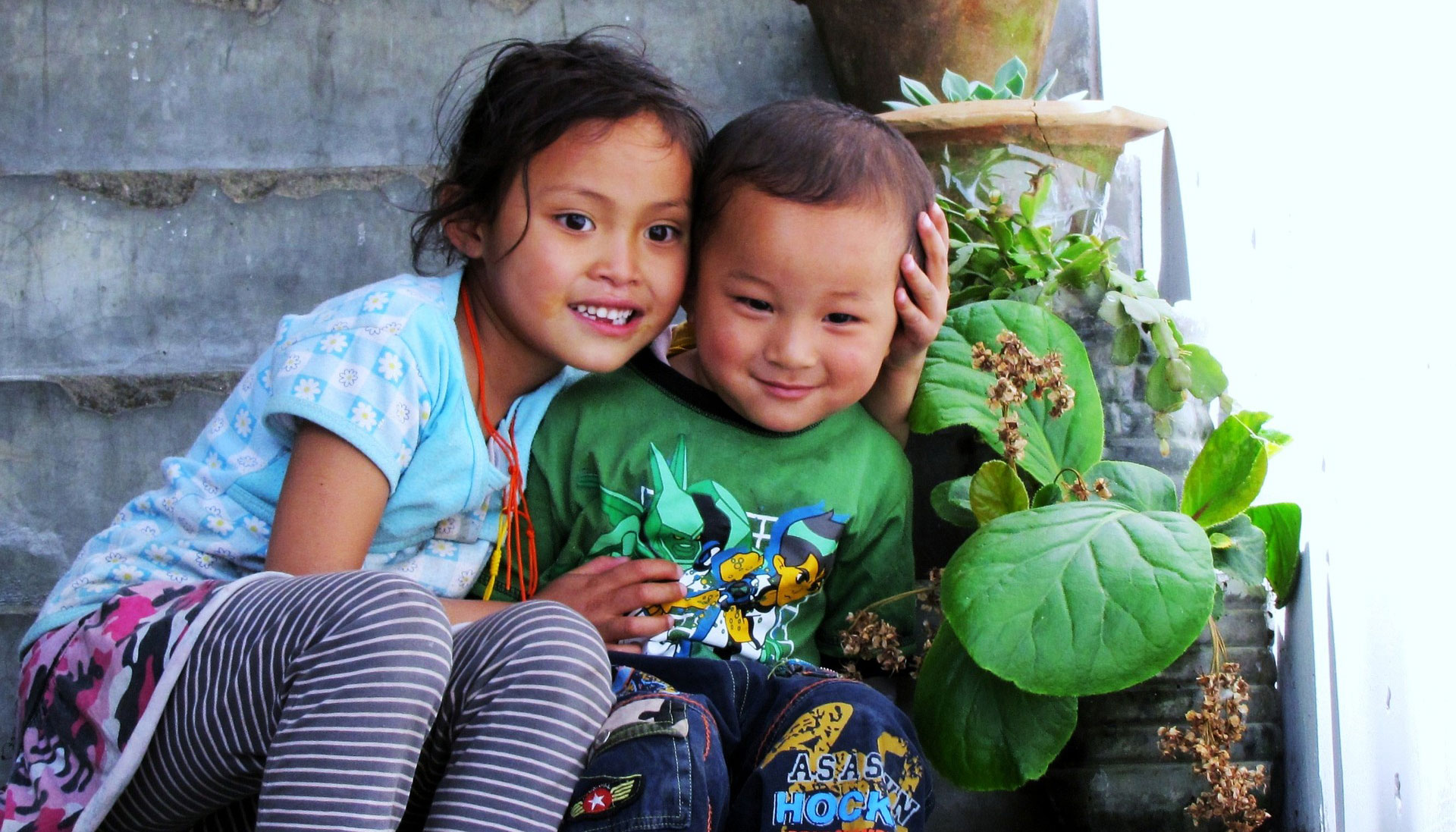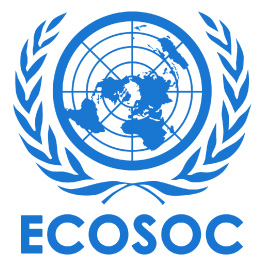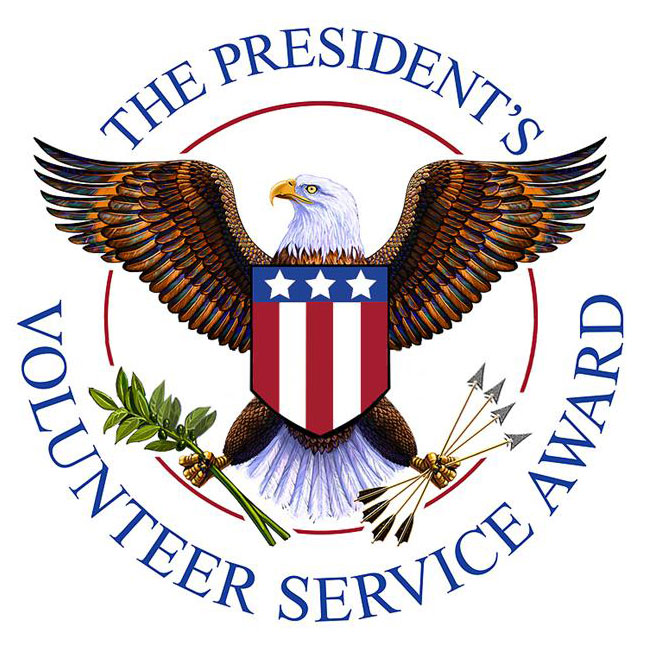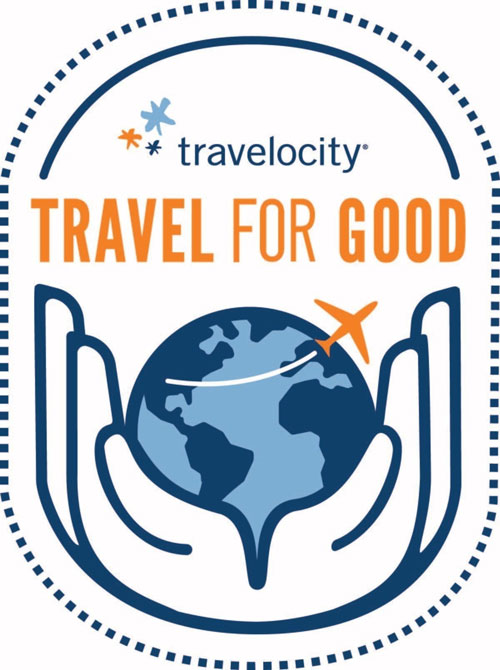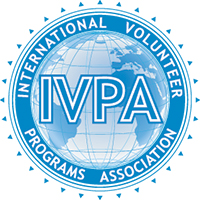The growing popularity of volunteer vacations and working vacations was examined in a Nov. 25 news story by Christopher J. Gearon which was carried in the Chicago Tribune. The article features Globe Aware, which hosts one-week volunteer programs around the world.
The article, in its entirety:
Volunteering works for many
The number of citizens giving their time and effort is growing, and so are the volunteering options
By Christopher J. Gearon
November 25, 2010
Though the economy is hurting, volunteering in the United States jumped last year at the fastest rate in six years, as at least 63 million gave of their time and energy.
"What we're seeing is the depth of the American spirit and generosity at its best," said Patrick Corvington, CEO of the Corporation for National and Community Service. Many organizations are responding to the demand by offering more service options, creating leadership positions for volunteers and providing virtual service opportunities to appeal to baby boomers, retirees and young people.
"Volunteering patterns have changed," said Barb Quaintance, who heads up volunteer and civic engagement at AARP. Boomers, in particular, want more say in how they serve. In 2009, AARP started Create the Good, a network where people and nonprofits can connect around volunteering.
The challenge for all volunteers is finding the best fit.
Disaster relief
For those who seek an adrenaline rush and have a flexible schedule, emergency-response groups may be an appealing option. The largest is the American Red Cross, which has more than 90,000 disaster workers, 93 percent of whom are volunteers. Some 55,000 volunteers can be deployed nationwide; the rest can be mobilized only within their home area.
"Volunteer in your local community first," advises Anita Foster, chief communications officer for the American Red Cross in Dallas.
Among other groups providing disaster relief are faith-based organizations like the Salvation Army, which assigns a small subset of its 3.4 million volunteers to emergency response, Catholic Charities USA and Samaritan's Purse, an evangelical Christian relief organization.
A second act
The growing trend of skills-based volunteering is "a big change from years past," said Corvington. Baby boomers and others with significant work experience want to segue to new service careers, while nonprofits realize they can leverage this influx of talent to expand their reach.
The largest network for people 55 and older is Senior Corps, which links more than 500,000 individuals to service opportunities in its three programs. The biggest of these, the Retired Senior Volunteer Program, has members helping some 60,000 local organizations tutoring and mentoring children, assisting victims of natural disasters, improving the environment and conducting safety patrols. They also provide business and technical support to nonprofits, including accounting, information technology and fundraising.
Senior Corps also offers two other programs: Senior Companions help the elderly maintain independence by assisting them with daily tasks, and Foster Grandparents mentor and tutor children.
An extended commitment
Two full-time gigs to consider include the storied Peace Corps for international posts or the fast-growing AmeriCorps program to serve domestically.
The Peace Corps has over the years sent nearly 200,000 Americans (who receive three months of training) to serve in 139 countries. (Good news for liberal arts grads: Teaching English is in high demand in many parts of the world.)
Besides gaining invaluable skills and fluency in foreign languages, Peace Corps volunteers get medical and dental benefits, living allowances, student loan help, vacation time and job-placement support.
If you'd prefer a long-term assignment stateside, you might consider AmeriCorps, which uses volunteers to help address critical needs in education, public safety, health and the environment. A variety of positions are available, from tutoring young people, assisting crime victims and building homes to teaching computer skills, restoring parks and responding to disasters. AmeriCorps plans to expand its ranks from 85,000 volunteers today to 250,000 by 2017. Other AmeriCorps avenues include the National Civilian Community Corps and AmeriCorps VISTA. All AmeriCorps participants get a modest living allowance, a $5,350 education award to pay for college-related costs (after completing the program) and student loan assistance.
Volunteer vacations
Habitat for Humanity, one of the largest organizers of volunteer vacations, has hundreds of projects around the world involving home construction and renovation or disaster relief. No experience is necessary, but participants should have "an interest, curiosity and commitment to serve," said David Minich, Habitat's global volunteer director.
Volunteers pay for their airfare and, on average, about $100 a day to cover building supplies, room and board, and transportation within the country. If you have less vacation time, you might try Globe Aware, which hosts one-week volunteer programs around the world. About 15 percent of the group's roughly 4,500 vacationers are families. Volunteer vacations are not for those who like to be pampered. But if experiencing a new culture, "meeting the people, working with the families, and feeling like what you do matters," they are a great option, King says. It's also less expensive than a standard vacation. King went to India for two weeks for $1,200, plus airfare, for example.
Distributed by Tribune Media Services
Copyright © 2010, Chicago Tribune
